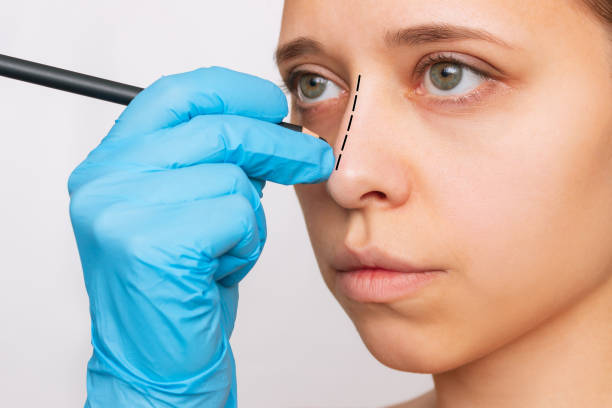Stretch marks after pregnancy are extremely common, particularly on the abdomen, breasts, thighs, and hips. These streak-like lines often appear as red or purple at first, later fading into white or silver scars. Many new mothers wonder, how soon after pregnancy can I treat stretch marks? The answer largely depends on the type of Stretch Marks Removal in Dubai(علاج إزالة علامات التمدد في دبي) you’re considering and whether you’re breastfeeding. However, starting early—especially with safe, gentle remedies—can offer the best chance for noticeable improvement in both texture and color.
When Is the Right Time to Begin Treatment?
The postpartum period is a time of healing and adjustment, and skin recovery is part of that process. You can begin treating stretch marks as early as a few weeks after delivery, once your skin is no longer overly sensitive and you feel ready. The sooner you start, the more responsive your skin will be—especially while the marks are still red or purple and haven’t yet matured into white lines.
Early-Stage Treatment Tips:
-
Start with gentle, hydrating products within the first month
-
Avoid harsh ingredients like retinoids if you are breastfeeding
-
Massage creams or oils regularly to improve circulation and elasticity
-
Focus on nourishment and repair, not aggressive resurfacing treatments
Consultation is recommended for more intensive treatments, especially if you’ve had a cesarean section or skin complications during pregnancy.
Why Treating Stretch Marks Postpartum Is Important?
Treating stretch marks early after pregnancy gives your skin the best opportunity to heal naturally and regain elasticity. As hormones stabilize, your skin becomes more receptive to collagen stimulation and moisture retention—making treatment efforts more effective.
Key Reasons to Treat Early:
-
Skin is still in a recovery phase and more adaptable
-
Collagen loss is still reversible in early stages
-
Improves skin tone and reduces uneven texture
-
Prevents the marks from becoming deeper or more defined
-
Supports body confidence during postpartum changes
Even if the marks are not bothersome visually, early care ensures long-term skin health and resilience.
Potential Risks and Considerations:
Postpartum skin can be sensitive, especially if you are breastfeeding or recovering from surgery. While many Stretch Marks Removal Treatments(علاج إزالة علامات التمدد) are safe, certain active ingredients or techniques should be avoided until your body has stabilized.
Important Precautions:
-
Avoid retinol and chemical peels while breastfeeding
-
Wait until any surgical wounds from C-section have fully healed
-
Patch test natural products to check for sensitivity
-
Avoid intense exfoliation on thin or stretched skin
-
Stay hydrated and nourished to support healing from within
Mild redness or itching is normal initially, but stop using any product that causes discomfort or adverse reactions.
Safe and Effective Options for Postpartum Use:
There are several gentle treatments suitable for the early postpartum phase. These help fade pigmentation, improve skin softness, and support elasticity without interfering with breastfeeding or healing.
Post-Pregnancy Friendly Remedies:
-
Aloe Vera Gel: Soothing and hydrating, ideal for newly formed stretch marks
-
Coconut Oil or Almond Oil: Boosts moisture, improves elasticity, and reduces inflammation
-
Hyaluronic Acid: Deep hydration without irritation, promotes plumpness and healing
-
Vitamin E Creams: Antioxidant support for skin regeneration
-
Massage Techniques: Stimulate circulation and collagen naturally
As your body continues to recover, you can later consider options like microneedling or laser resurfacing under guidance.
Frequently Asked Questions:
When can I start using topical creams after giving birth?
You can begin with gentle creams as early as two to four weeks postpartum.
Are stretch mark treatments safe while breastfeeding?
Yes, but avoid retinoids or strong actives—stick to natural or hydrating options.
Do early treatments work better than delayed ones?
Yes, newer stretch marks respond much better to treatment than older, white ones.
Can I use natural oils right after delivery?
Yes, coconut oil and almond oil are safe and effective when used consistently.
What if I had a C-section?
Wait for the incision to fully heal before applying any products near the scar area.
Conclusion:
So, how soon after pregnancy can I treat stretch marks? In most cases, you can begin within a few weeks postpartum with gentle, hydrating treatments that support skin recovery. The earlier you start—while the marks are still fresh and the skin is healing—the better the outcome. Choosing safe, nourishing products and avoiding aggressive treatments initially will help your skin rebuild strength and elasticity over time. With patience and care, you can gradually fade postpartum stretch marks and restore smoother, more radiant skin.



